How to Prepare for Common Mac Failures: A Guide to Backups and Recovery
Macs are much more reliable than in the past, but it remains the case that computers and apps can fail in a wide variety of ways. And they’ve become so integral to daily life that an occasional failure is almost inevitable. Unfortunately, if you aren’t prepared for that eventuality, you may lose work and suffer from unnecessary downtime. A little forethought can significantly minimize the impact of app crashes, lost connectivity, storage failures, and overall hardware hiccups.
App Failures
The most common problems occur in apps, where you have to worry about crashes and file corruption. (Cosmetic bugs and broken features are annoying, but apart from reporting them, there’s nothing you can do about them and they shouldn’t cause you to lose work.) To protect yourself from crashes and corruption, we recommend the following:
-
- Save new files immediately: Although many apps auto-save, not all do. Whenever you start a new file, save it immediately and frequently as you work. That way, a crash can’t cause you to lose everything you’ve done.
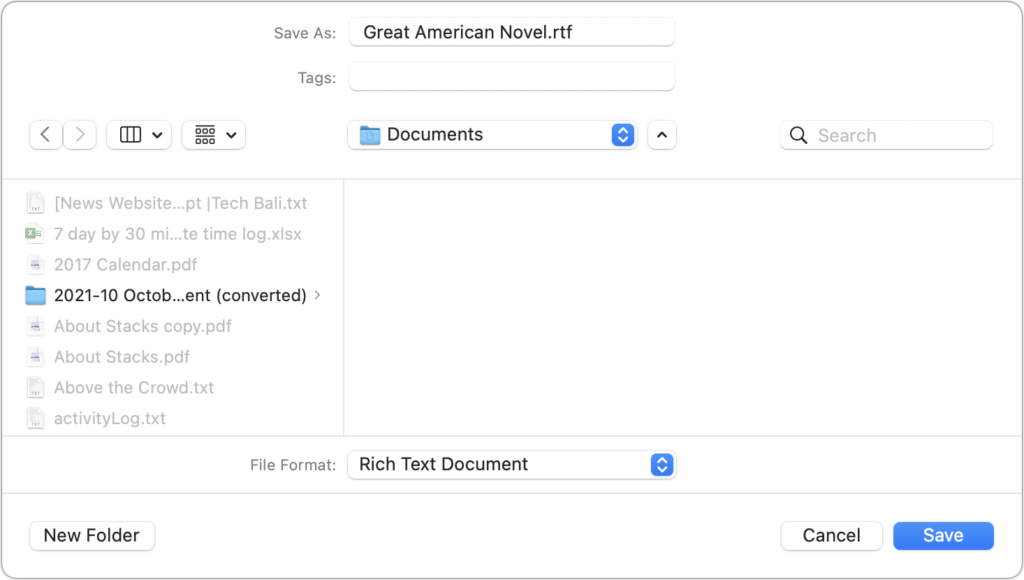
- Save new files immediately: Although many apps auto-save, not all do. Whenever you start a new file, save it immediately and frequently as you work. That way, a crash can’t cause you to lose everything you’ve done.
- Use automatic backup softwareBackup tools like Time Machine or Backblaze run continuously in the background, creating versioned backups throughout the day. This means if a document becomes corrupted or lost, you can easily roll back to an earlier version without missing a beat. It’s one of the simplest ways to keep your work safe.
- Make manual versions of critical files: For documents where losing work would threaten your continued employment, we recommend making manual versions at least daily, preferably on a cloud storage service. Append a version number to each file, and keep all the versions until you complete the project.
Connectivity Failures
With so much of our work now happening online, a stable Internet connection has become crucial. When connectivity drops, it can bring everything to a halt. But with a few simple preparations, you can stay productive even if your connection goes down. Here’s how:
- Switch between Wi-Fi and Ethernet: If one method of connecting to your local network fails, switching to the other can keep you online with minimal interruption. For example, if your Wi-Fi goes down due to a router issue, connecting through an Ethernet cable could get you back up and running. To make this easier, keep both your Wi-Fi and Ethernet adapters active in System Settings > Network, so your Mac can switch between them seamlessly.
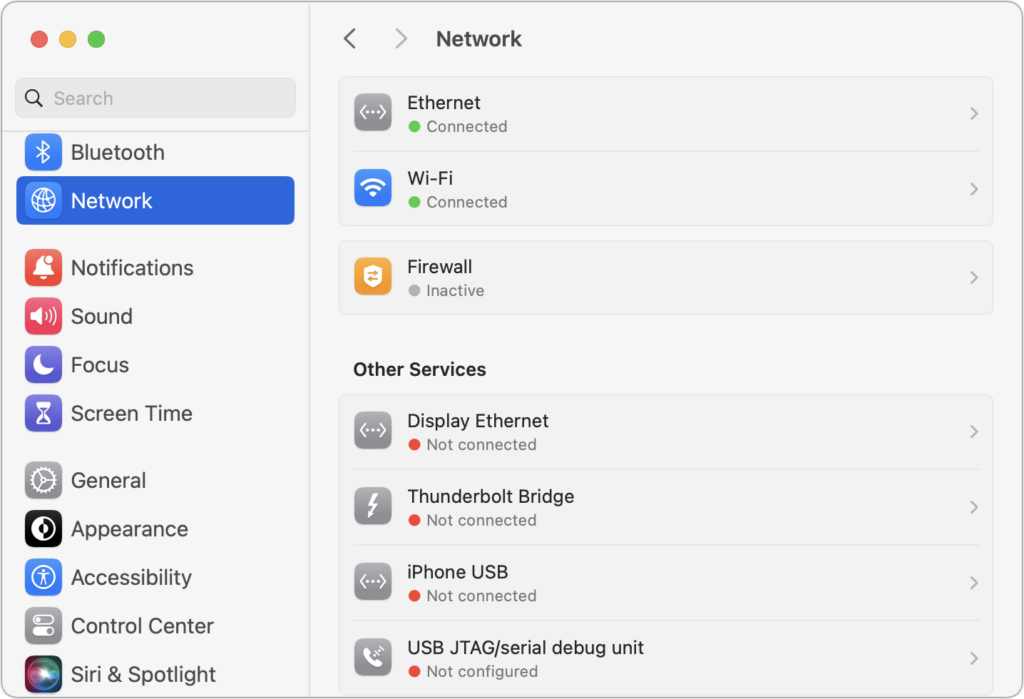
- Set up a personal hotspot: If your entire Internet connection goes down, your iPhone can be a lifesaver. By enabling your iPhone’s personal hotspot in Settings > Cellular > Personal Hotspot, you can connect your Mac to the Internet via cellular data. It’s a quick, easy way to stay online when your regular connection isn’t available
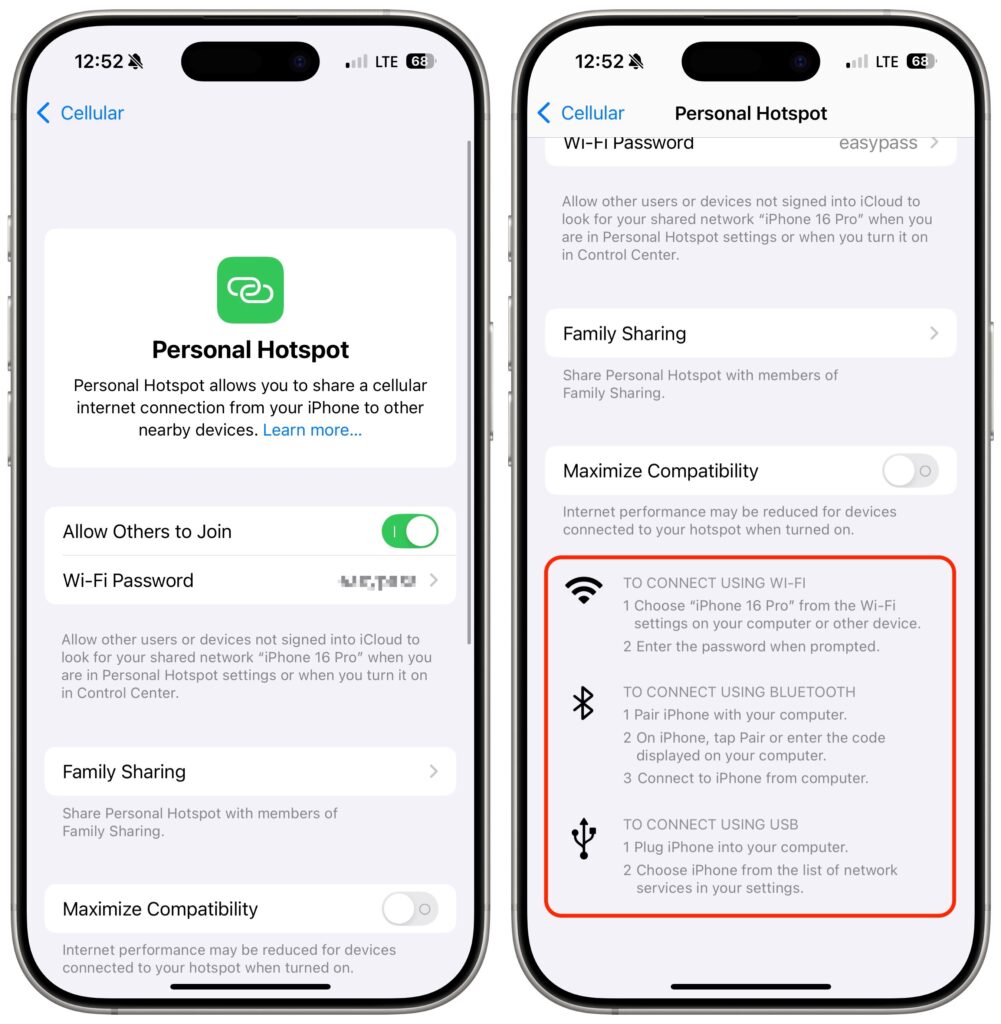
- Identify public Wifi: Assuming you have a Mac laptop, the best option may be to go somewhere with Internet access, whether a coffee shop, the public library, or the house of a friend or family member. If your problem falls outside business hours, you might even be able to access a public network from a nearby parked car.
- Have backup networking hardware: For offices or home setups that depend heavily on a single network, it’s worth investing in some backup hardware. Keep spare routers, Ethernet cables, or wireless access points on hand, along with a record of your network settings, so you can quickly swap out faulty equipment if necessary. This can significantly reduce downtime if your primary network hardware fails
Storage Failures
Though modern Macs use more reliable solid-state drives (SSDs) instead of hard drives, storage problems can still occur. Whether due to software bugs, corruption, or hardware issues, these problems can lead to data loss if you aren’t prepared. To safeguard your files and minimize the impact of storage failures, we recommend the following three-part backup strategy.
-
Back up with Time Machine: Time Machine is built into macOS and works seamlessly to create automatic, versioned backups of your files. It’s one of the easiest ways to recover individual files or even restore your entire system if needed. Make sure Time Machine is set up and backing up to a dedicated external drive—ideally one you don’t use for anything else.
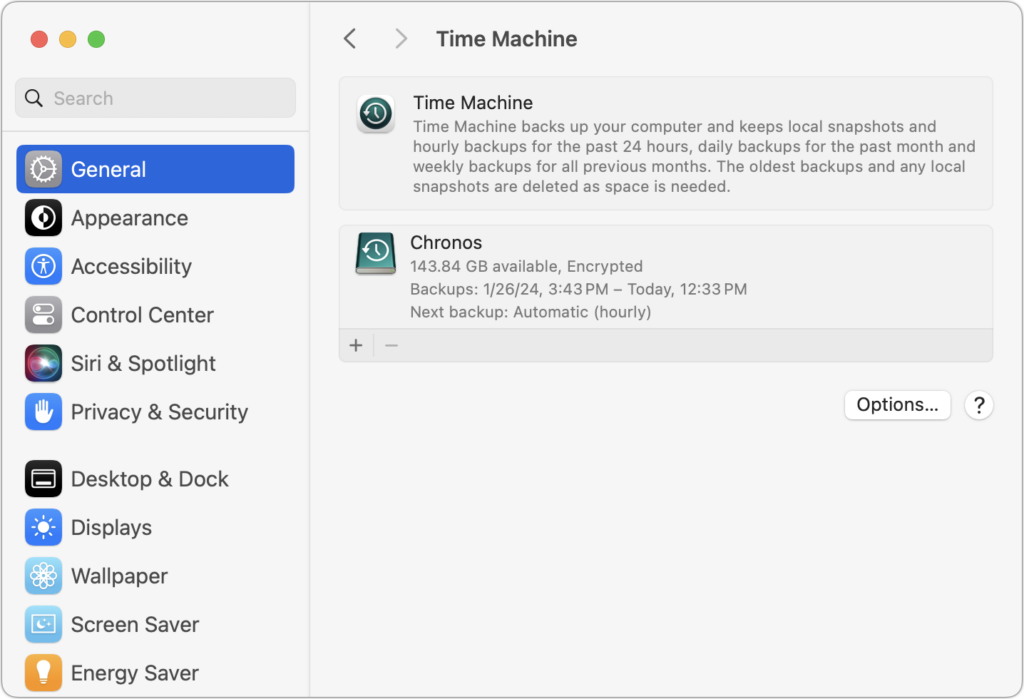
- Create nightly duplicates: Although it’s becoming harder to create bootable duplicates with modern Macs, having a full copy of your drive can still be one of the fastest ways to recover your data. Use apps like Carbon Copy Cloner or SuperDuper to create a backup of your entire system. Even if you can’t boot directly from it, you’ll still have a complete copy to quickly restore from. This extra layer of backup is especially helpful if something goes wrong with your Time Machine drive.

- Even though Macs are generally reliable, they’re not immune to physical damage—especially laptops you carry around with you. A drop, spill, or even normal wear and tear can result in broken screens, damaged ports, or malfunctioning components. Fortunately, you can minimize downtime and keep working with a few simple strategies
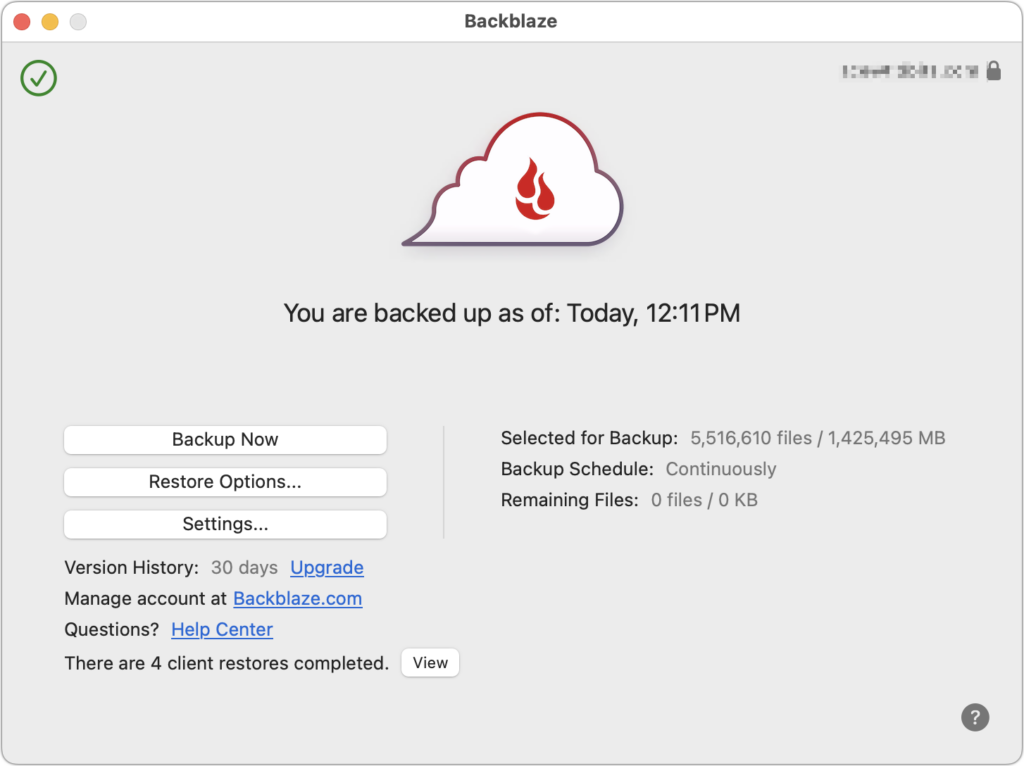
Overall Mac Failures
Macs may be reliable, but they’re still vulnerable to physical damage, particularly laptops you carry with you all the time. Bumps and drops can damage a screen or internal connectors that connect the keyboard and trackpad. You can do a few things to minimize the impact of a broken Mac.
- Use the desktop/laptop combo: While a MacBook might be powerful enough for most tasks, pairing it with a desktop Mac can provide extra flexibility. If your laptop fails, you can switch to your desktop without missing a beat. This setup gives you the convenience of mobility with the security of a backup machine.
- Keep spare accessories on hand: Working from a desktop or laptop requires a functional keyboard, mouse, trackpad, and display. If any of these peripherals fail, having extras on hand can save you from unnecessary downtime. A spare keyboard or mouse is inexpensive and easy to store, so it’s worth having backups ready to go.
- Hold on to an old Mac as a backup: If your primary Mac needs to go in for repairs, having an older machine as a backup can be a lifesaver. As long as it can run the software you need, an older Mac can help you keep working with minimal interruptions. For organizations, consider maintaining a backup Mac that can be quickly swapped in for any employee’s broken device.
- Borrow a Mac if needed: If you don’t have a backup machine, you might be able to borrow one from a friend, family member, or colleague. It’s easy to create a separate user account on macOS to keep your work private and separate from theirs. Just go to System Settings > Users & Groups to set up a new account.
- Take advantage of Apple’s return policy: In a real bind, you can buy a new Mac from Apple and return it within 14 days for a full refund—no questions asked. If your Mac fails when you’re under a tight deadline and you can’t afford any downtime, this can be a great temporary solution.
Of course, you’re welcome to call us for advice about working around any of these tech failures, but these suggestions should get you back in the saddle quickly and with minimal loss of work.
(Featured image by iStock.com/fizkes)







